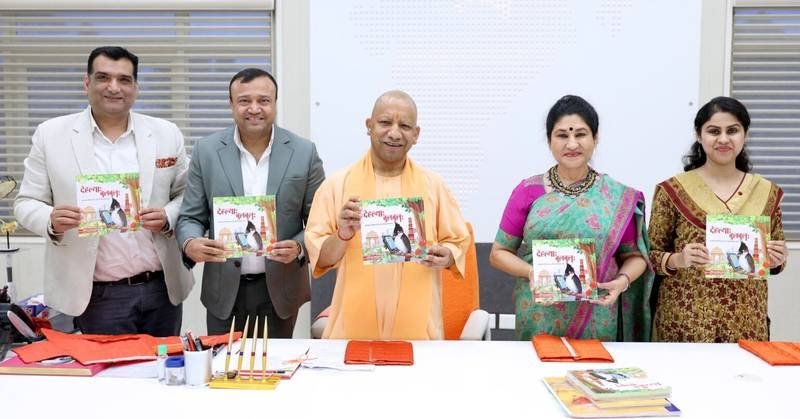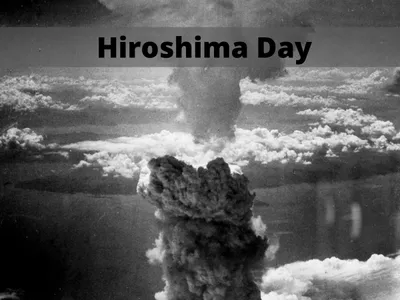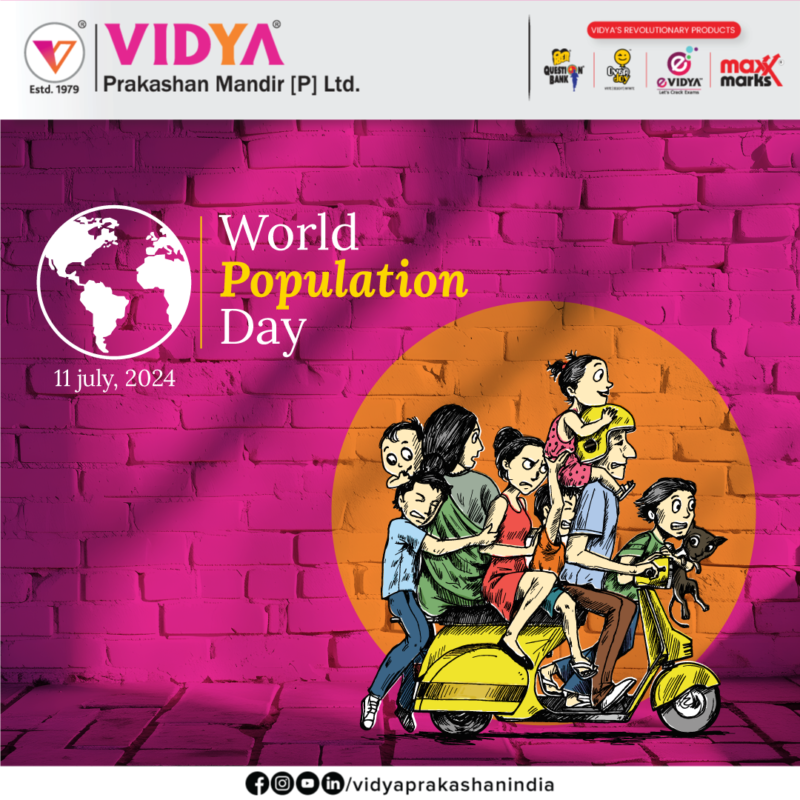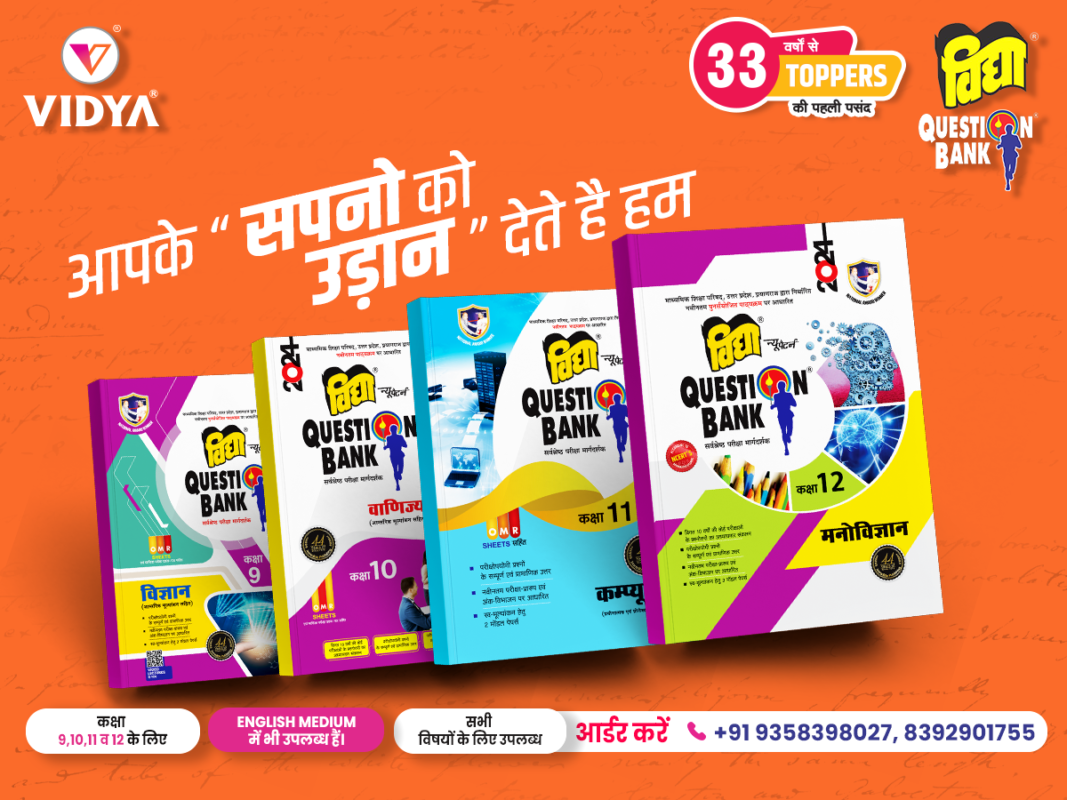Blog
National Flag Day
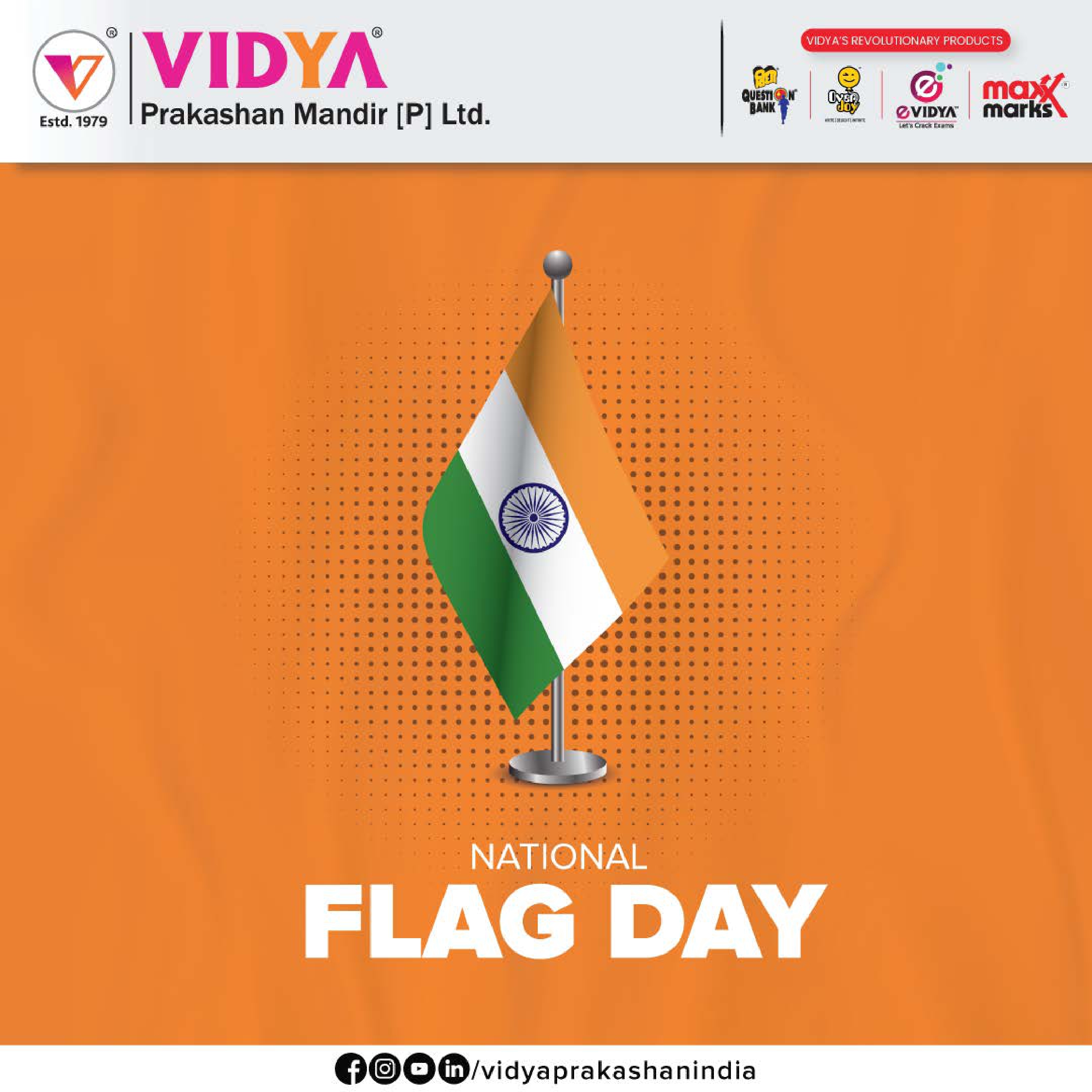
On 22 July 1947, the Constituent Assembly of India adopted the National Flag. It was a red-letter day in our history, and the tricolour’s adoption marked a pivotal moment in India’s journey towards establishing itself as an independent nation free from colonial rule.
The National Flag of India was adopted in its present form during the meeting of the Constituent Assembly held on 22 July 1947.
History of National Flag Day
The version of the flag closest to the current one existed in 1923. It was designed by Pingali Venkayya and had saffron, and white and green stripes with the spinning wheel placed in the white section. It was hoisted on April 13, 1923, in Nagpur during an event commemorating the Jallianwallah Bagh Massacre. It was named the Swaraj Flag and became the symbol of India’s demand for Self-rule led by the Indian National Congress.
The resolution to adopt the tricolour as the National Flag of India was passed in 1931. On July 22, 1947, the Constituent Assembly of India adopted the Swaraj Flag as the National Flag of Sovereign India with the Ashok Chakra replacing the spinning wheel.
National Flag Day Facts
- Every year, India celebrates National Flag Day on July 22.
- It was on this day that the tricolour was adopted as the National Flag of India in 1947.
- The motion to adopt the tricolour as the National Flag of India was put forward by Pandit Jawaharlal Nehru on 22 July 1947 in the Constituent Assembly.
- Indian Freedom Fighter Pingali Venkayya designed the National Flag of India.
Indian National Flag Colours Meaning
- The national flag of India is a horizontal tricolour of deep saffron (Kesari) at the top, white in the middle, and dark green at the bottom, which are in equal proportion.
- The saffron on top symbolises “strength and courage”, white in the middle represents “peace and truth” and green at the bottom stands for “fertility, growth and auspiciousness of the land”.
- The ratio of the width of the flag to its length is two to three.
- In the centre of the white band is a navy-blue wheel that represents the chakra. Its design is that of the wheel which appears on the abacus of the Sarnath Lion Capital of Ashoka.
- Its diameter approximates the width of the white band and it has 24 spokes.
What did Nehru say in his speech while moving the Resolution?
Nehru began by referring to the “glow and warmth which I feel at the present moment”, and the “concentrated history through which all of us have passed during the last quarter of a century”.
He said that he and others in the House remembered having “looked up to this Flag not only with pride and enthusiasm but with a tingling in our veins. Also how when we were sometimes down and out, the sight of this Flag gave us the courage to go on”. He paid homage to the freedom fighters “who have passed, held on to this Flag, some amongst them even unto death and handed it over as they sank, to others to hold it aloft”.
He spoke of the need to free the country and the world of “starvation, hunger, lack of clothing, lack of necessaries of life and lack of opportunity of growth for every single human being, man, woman and child in the country”, and declared that “We aim at that.”
“This Flag is not a Flag of Empire, a Flag of Imperialism, a Flag of domination over anybody, but a Flag of freedom not only for ourselves but a symbol of freedom to all people who may see it,” Nehru said. “Wherever it may go, it will bring a message, I hope, of freedom to those people, a message of comradeship, a message that India wants to be friends with every country of the world and India wants to help any people who seek freedom”.

